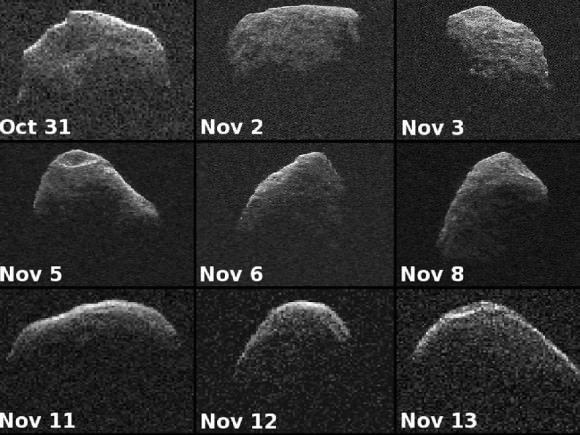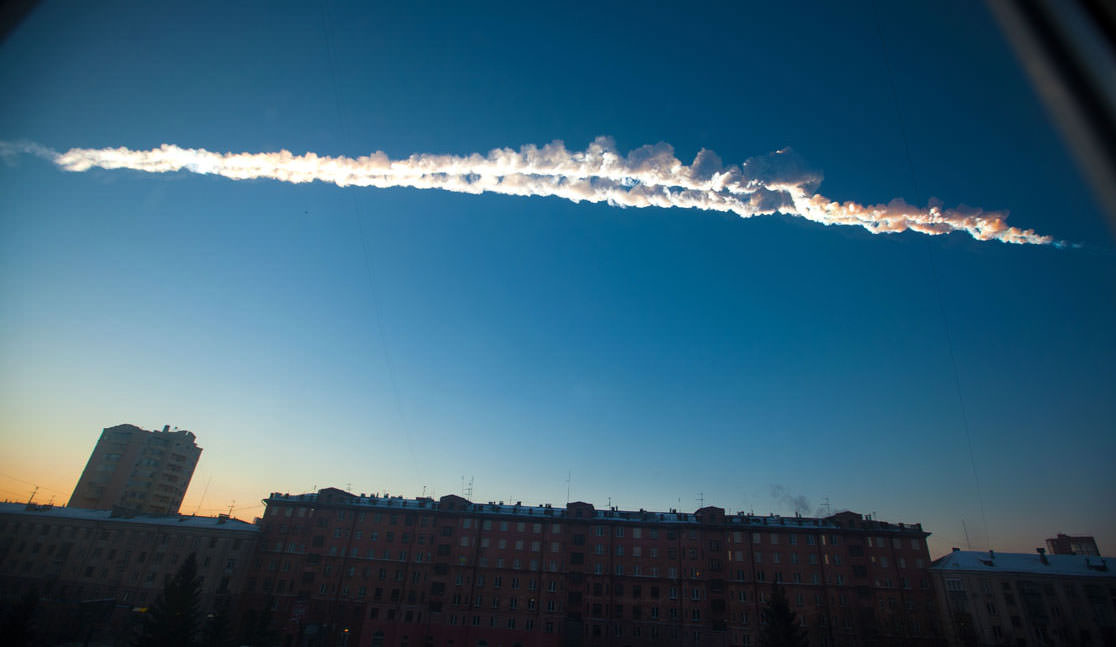It’s been about three months since that infamous meteor broke up over Chelyabinsk, Russia. In that time, there’s been a lot of conversation about how we can better protect ourselves against these space rocks with a potentially fatal (from humanity’s perspective) gravitational attraction to Earth.
This week, the European Space Agency officially inaugurated a “NEO Coordination Centre” that is intended to be asteroid warning central in the European Union. It will be the hub for early warnings on near-Earth objects (hence the ‘NEO’ in the name) under ESA’s space situational awareness program.
ESA estimates that of the 600,000 asteroids and comets that orbit the Sun, about 10,000 of them are NEOs. (They define NEOs as asteroids or comets with sizes of several feet up to several tens of miles.)
NASA, of course, is also gravely concerned about the threat NEOs present. Its administrator, Charles Bolden, talked about this at a Congressional hearing about asteroids in March.
Before delving into the threat, Bolden took a metaphorical deep breath to talk about the dozens of asteroids — a meter or larger — that slam into Earth’s atmosphere each year. Most of them burn up harmlessly, and further, 80 tons of dust-like material rain on Earth daily.
A notable meteor that did cause some damage took place about 100 years ago, in 1908, when an object broke up over an isolated area in Russia and flattened trees for miles. Bolden characterized that as a statistically one-in-a-thousand year event, but added that the “real catch” is this type of event could happen at any time.
NASA, however, is seeking out those that cause a threat. It is supposed to find 90 per cent of asteroids 140 meters or larger by 2020, and is making progress towards that goal. (By comparison, the Chelyabinsk object was estimated at 17 to 20 meters.)

So how to best monitor the threat? Bolden outlined a few ideas: crowdsourcing, coordinating with other federal agencies and making use of automatic feeds from different telescopes throughout the world (as NASA does right now.)
Bolden emphasized that none of the asteroids we have found is on a collision course with the Earth. Still, NASA and other science experts are not complacent.
In the same hearing, John Holdren — the president’s assistant on science and technology — recommended following a National Academy of Sciences report to spend upwards of $100 million a year on asteroid detection and characterization. To mitigate the threat, Holdren further recommended a visit to an asteroid by 2025, which would perhaps cost $2 billion.

